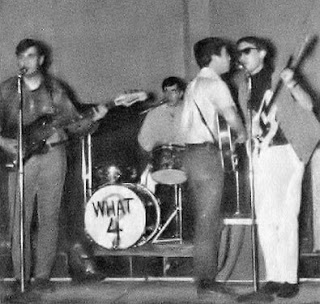 |
| Note the bass drum sporting the true band name. From left: Nick Koumoutseas (bass), John Bello (drums), Mikkel Saks (rhythm guitar), Amos Chan (lead guitar). Courtesy of Jake "Sandy" Roca. |
The What Fours (more on the name shortly), as it turns out, weren't high schoolers; rather, they formed at Tufts University in Medford, Mass. The lineup was fluid throughout the band’s short existence, but its core remained Nick Koumoutseas (bass), Mikkel Saks (rhythm guitar) and John Bello (drums), with all three sharing vocal duties. According to Nick, "I don’t think we really had a lead singer. John did quite a bit and so did Mikkel. I often sang higher harmony and a few leads." The lead guitarist was Amos Chan, who played with The Weekenders while in high school at Lawrence Academy in Groton, Mass. — the outfit released one album, the “Spring Weekend ’65” LP. Nick hailed from up north in Lowell, Mass., and recruited hometown pal Scott Keenan for lead guitar duties as well when Amos was unavailable. (Scott played in the Knight Krawlers in Lowell with Nick’s brother John.)
Now, the band was actually named the What Four (or What 4); the moniker was botched on the record label. The W4 decided to record two original Saks/Koumoutseas compositions, "Basement Walls" and "Eight Shades Of Brown," at Fleetwood Studios in Revere, Mass., on a snowy winter day in early 1967. On the recording, the lineup consisted of Nick Koumoutseas on bass, Mikkel Saks on rhythm guitar, John Bello on drums and Scott Keenan on lead guitar. ("His lead part was genius," says Nick.) John Koumoutseas and superfan Jake “Sandy” Roca played tambourine.
Sandy Roca: “There is a rumor that I played tambourine for the vinyl, but I think the mike lead was shorted out. Good move — as I had (and have) no rhythm at all!”
The What Four played mainly in and around Tufts, opening once for Barry And The Remains. And one particularly memorable campus gig was a rooftop concert at Carmichael Hall.
Another memory from Sandy: “One time the band rented Cousens Gym at Tufts for a night. We went crazy driving all around Cambridge, Somerville and Boston distributing flyers to willing telephone poles. I think about 40 people showed up.”
Back in Lowell, Nick’s best friend Anthony Ziagos had taken up recording engineering and formed Sound City Enterprises — hence the “Produced by Sound City Enterprises” on the label. Ziagos later produced hometown boys the Boss Todes with their “Sally The Pollywog / Have Certainty” 45 on his Sound City Records label, also recorded and pressed by Fleetwood.
Nick's epilogue: "After we did not hit the big time, I became a pothead rock engineer (skipping school and on the road with [Bill] Hanley sound, Procol Harum, Wilson Pickett, the Association, Jimi Hendrix and much more). My biggest accomplishment in those days was that I wired all of the mic cables for Woodstock. Our original lead player (Amos Chan) became an industrial photographer in NYC and even missed the recording session; Scotty did the honors. Mikkel left Tufts (I think it was my fault). Mr. Bello was the spirit in the band and Mikkel was the genius. I had the passion to work hard and enjoyed the whole shebang."
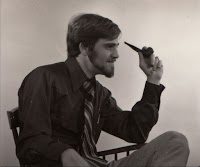 |
| Anthony Ziagos, early 1970s. |
Sadly, Scott Keenan died as a pilot in Vietnam in 1968. Anthony Ziagos passed away in 2012.
Special thanks to Toupie and Anthony Ziagos, Jr. for use of Tony Sr.’s scrapbook.
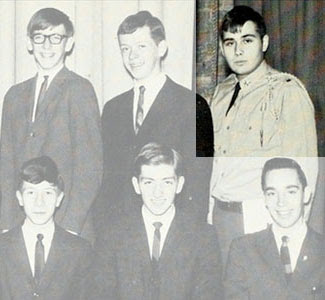 |
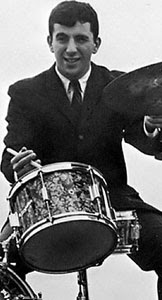 |
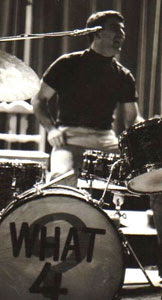 |
| [Left] Which of these things is not like the other? Future rebel Nick Koumoutseas breaks standard attire in his high school yearbook. [Right] Dig the question mark incorporated into the bass drum logo. Center image courtesy of Jake Roca, right photo courtesy of John Bello. |
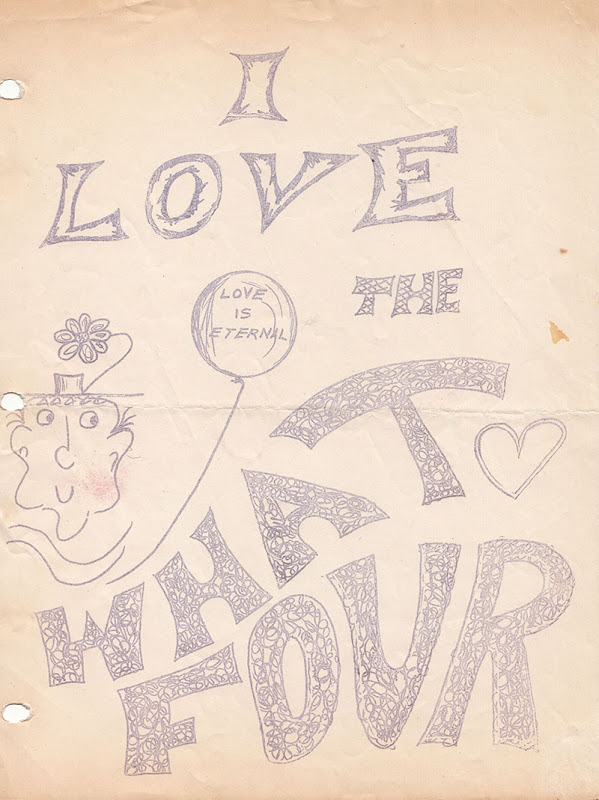 |
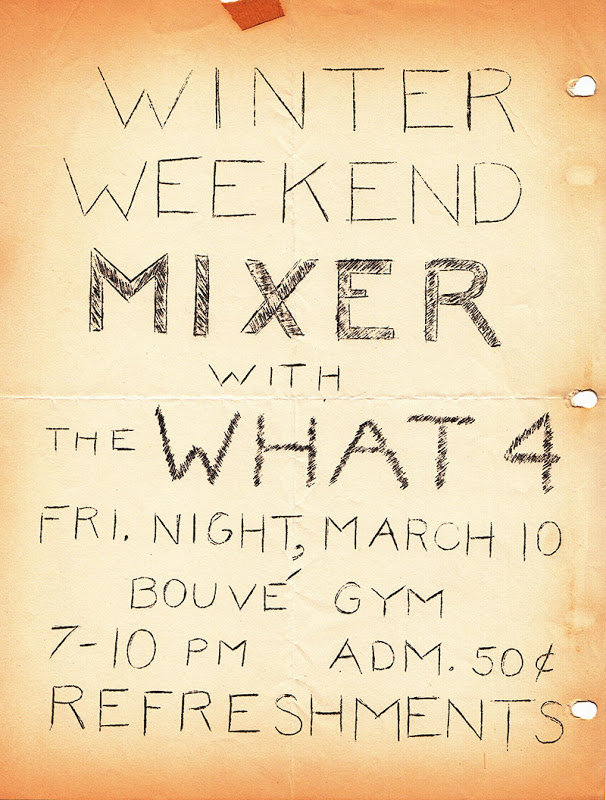 |
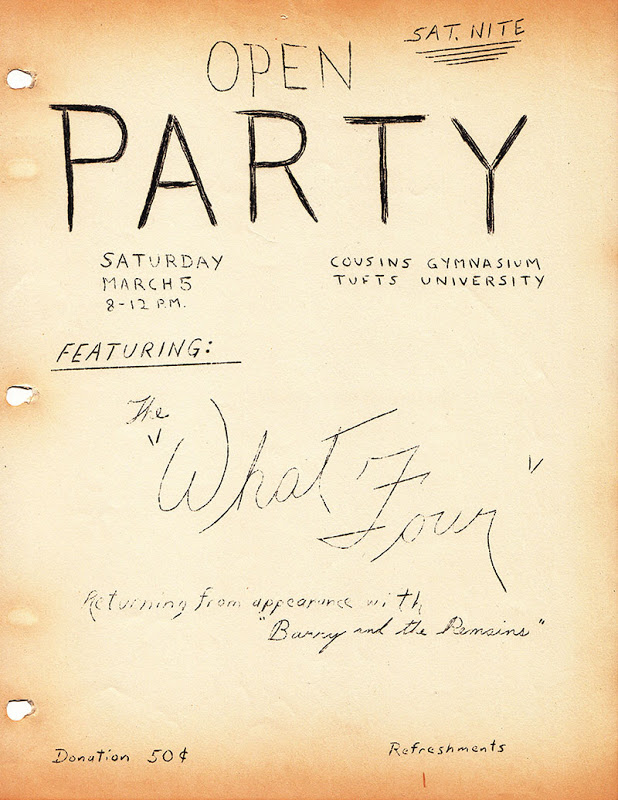 |
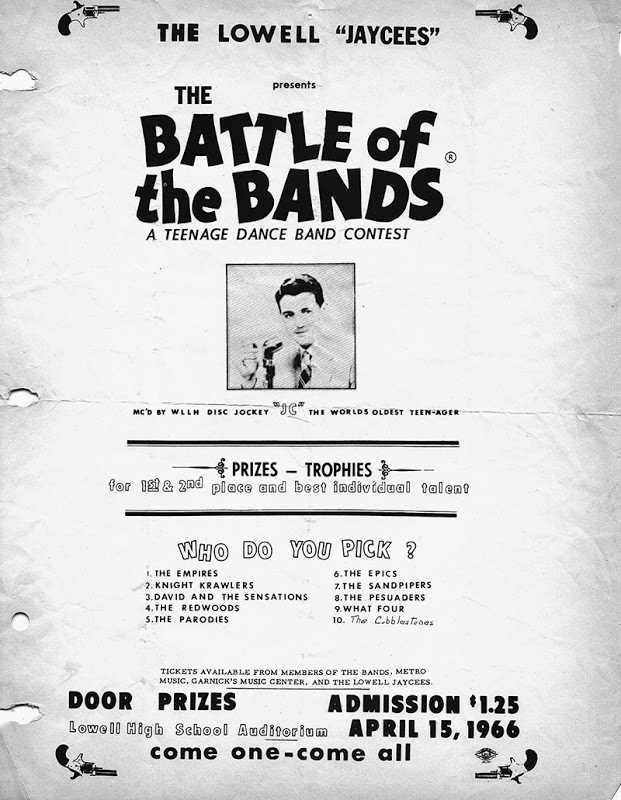 |
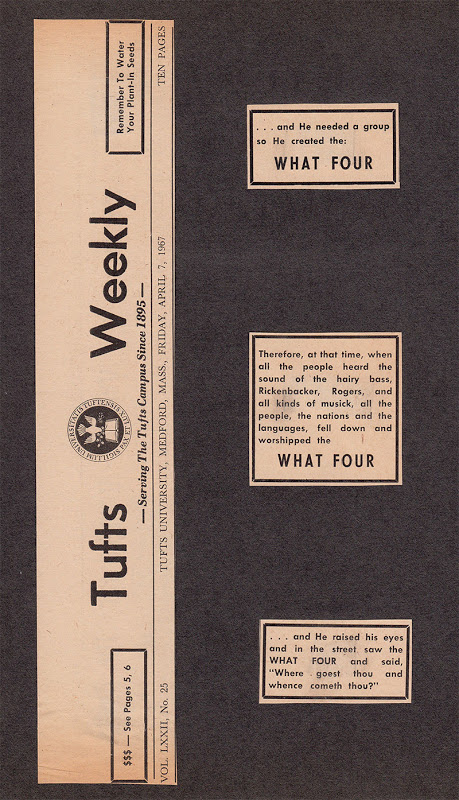 |
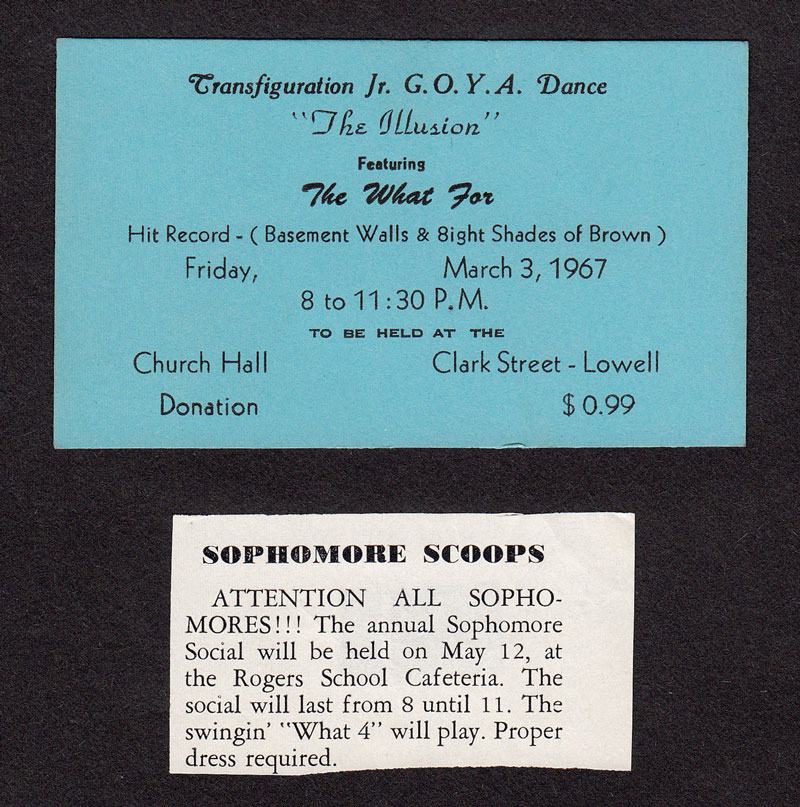 |
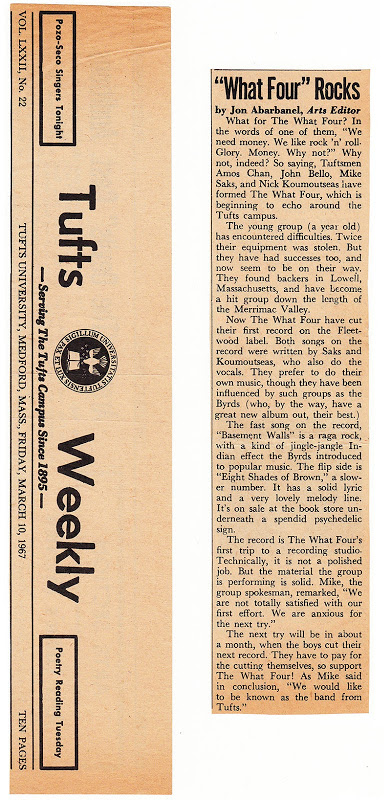 |
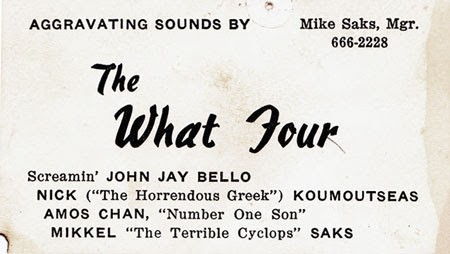 |
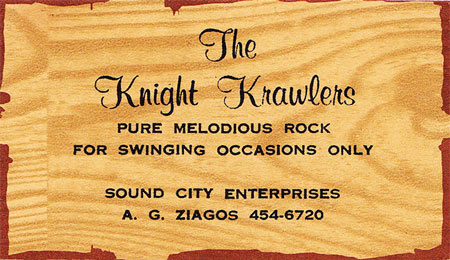 |
| All flyers, news clippings and business cards from the archives of Anthony Ziagos and family. (Click to enlarge.) |
THE WHAT FOURS
Basement Walls / Eight Shades Of Brown
Fleetwood (FL 4571) 1967

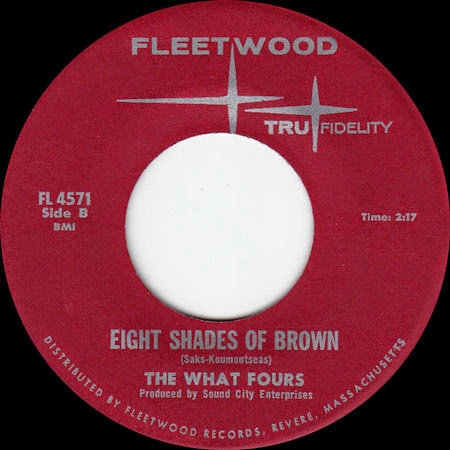
|


|
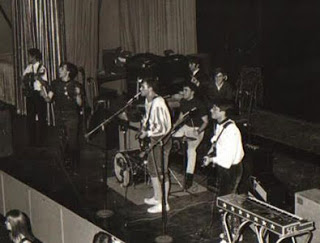
No comments:
Post a Comment